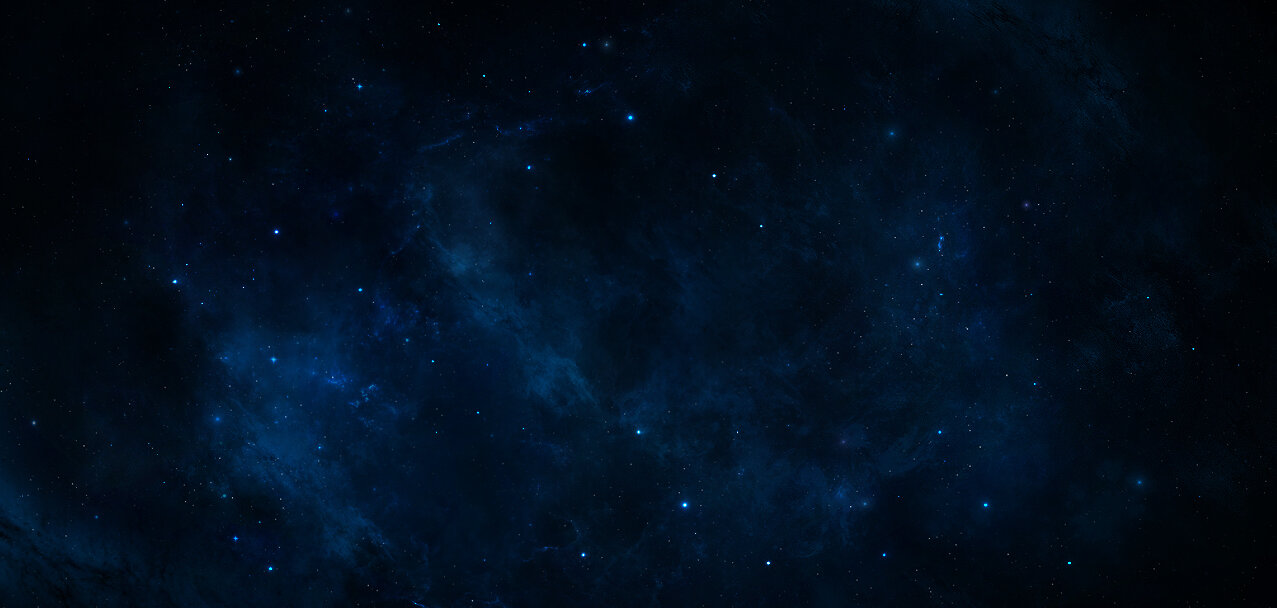
The universe is estimated to be 13.8 billion years old, and it is still expanding.
The observable universe contains an estimated 2 trillion galaxies.
The vast majority of the universe's mass-energy is thought to be in the form of dark matter and dark energy, which cannot be directly detected but only inferred from their gravitational effects.
The universe is not only expanding, but the rate of expansion is accelerating, possibly due to the influence of dark energy.
The probability of our existence is incredibly small, and there's still a debate whether the universe is fine-tuned for life or not.
The existence of black holes and the prediction of Hawking radiation have drastically changed our understanding of space and time.
There are multiple theories that propose the existence of a multiverse - the idea that there are multiple universes beyond our own.

Eridanus Supervoid
In August of 2007, astronomers located a gigantic hole in the universe. This empty space, stretching nearly a billion light-years across, is devoid of any matter such as galaxies, stars, and gas, and neither does it contain the strange and mysterious dark matter, which can be detected but not seen.
The large void in the Constellation Eridanus appears to be improbable given current cosmological models. A radical and controversial theory proposes that it is a "universe-in-mass black hole"
Among the mysterious voids in space, the Eridanus Supervoid is estimated at 1 billion light-years in diameter. Not much is known about these voids - other than they register exceedingly colder than any other places in space. What's more, they are thought to have no matter, antimatter, dark matter and light.

Physics in the Dark: Searching for the Universe’s Missing Matter
If you believe the world’s leading physicists, the vast majority of matter in the universe is hiding in plain sight. For nearly a century, evidence has mounted that the gravitational pull necessary to keep clusters of galaxies intact, as well as stars within galaxies from flying apart, requires far more matter than we can see—matter, according to the experts, that has eluded our telescopes, because it does not give off light. Problem is, such “dark matter” has also eluded one specially designed detector after another that researchers have deployed to catch it. Which raises the big question: What if we have failed to find dark matter because it isn’t there? Join leading physicists on a scientific treasure hunt that has proved more challenging than anyone expected, and may ultimately require rethinking some of our most fundamental ideas about the universe.
Dark Matter
Dark matter is a lot like gravity, inasmuch as you can't touch or see it, but it exists, just the same.
Though it makes up around a quarter of the mass and energy in the universe, scientists can't seem to find it, or even figure out what it's made of.

Black Holes
According the Harvard-Smithsonian Center for Astrophysics, "the Milky Way contains a few hundred million" stellar black holes.
WEIRD FACTS ABOUT BLACK HOLES
If you fell into a black hole, theory has long suggested that gravity would stretch you out like spaghetti, though your death would come before you reached the singularity. But a 2012 study published in the journal Nature suggested that quantum effects would cause the event horizon to act much like a wall of fire, which would instantly burn you to death.
Black holes don't suck. Suction is caused by pulling something into a vacuum, which the massive black hole definitely is not. Instead, objects fall into them just as they fall toward anything that exerts gravity, like the Earth.
The first object considered to be a black hole is Cygnus X-1. Cygnus X-1 was the subject of a 1974 friendly wager between Stephen Hawking and fellow physicist Kip Thorne, with Hawking betting that the source was not a black hole. In 1990, Hawking conceded defeat.
Miniature black holes may have formed immediately after the Big Bang. Rapidly expanding space may have squeezed some regions into tiny, dense black holes less massive than the sun.
If a star passes too close to a black hole, the star can be torn apart.
Astronomers estimate that the Milky Way has anywhere from 10 million to 1 billion stellar black holes, with masses roughly three times that of the sun.
Black holes remain terrific fodder for science fiction books and movies. Check out the movie "Interstellar," which relied heavily on Thorne to incorporate science. Thorne's work with the movie's special effects team led to scientists' improved understanding of how distant stars might appear when seen near a fast-spinning black hole.
SUPERMASSIVE BLACK HOLE
The supermassive black hole at the core of supergiant elliptical galaxy Messier 87, with a mass ~7 billion times the Sun's,[1] as depicted in the first image released by the Event Horizon Telescope (10 April 2019).[2][3][4][5] Visible are the crescent-shaped emission ring and central shadow, which are gravitationally magnified views of the black hole's photon ring and the photon capture zone of its event horizon. The crescent shape arises from the black hole's rotation and relativistic beaming; the shadow is about 2.6 times the diameter of the event horizon.[3]
The Event Horizon Telescope, a planet-scale array of eight ground-based radio telescopes forged through international collaboration, captured this image of the supermassive black hole in the center of the galaxy M87 and its shadow. (Image credit: EHT Collaboration)
Go deeper into the mystery of black holes with NASA Science.
Watch videos and read more about black holes from NASA's Hubblesite.
Discover more about black holes with the National Science Foundation.
Weird Stars
The Milky Way can be thought of as a massive city of stars. It’s home to roughly 200 billion stellar inhabitants, and scientists have been working for centuries to map and study every last one of them. Like an ongoing census of the sky, astronomers spend their careers venturing into our galaxy’s deepest neighborhoods — and let’s face it: if you spend time wandering around a huge city, you’ll encounter a few weirdos in the process. Our galaxy is no exception.

Dark Flow
The mysterious motion of the galexies toward the great attractor.
Distant galaxy clusters mysteriously stream at a million miles per hour along a path roughly centered on the southern constellations Centaurus and Hydra. A new study led by Alexander Kashlinsky at NASA's Goddard Space Flight Center in Greenbelt, Md., tracks this collective motion -- dubbed the "dark flow" -- to twice the distance originally reported.
"This is not something we set out to find, but we cannot make it go away," Kashlinsky said. "Now we see that it persists to much greater distances -- as far as 2.5 billion light-years away." The new study appears in the March 20 issue of The Astrophysical Journal Letters.
The clusters appear to be moving along a line extending from our solar system toward Centaurus/Hydra, but the direction of this motion is less certain. Evidence indicates that the clusters are headed outward along this path, away from Earth, but the team cannot yet rule out the opposite flow. "We detect motion along this axis, but right now our data cannot state as strongly as we'd like whether the clusters are coming or going," Kashlinsky said.
The dark flow is controversial because the distribution of matter in the observed universe cannot account for it. Its existence suggests that some structure beyond the visible universe -- outside our "horizon" -- is pulling on matter in our vicinity.
Learn more here.

The Great Attractor
An artist’s impression of the galaxies found in the ‘Zone of Avoidance’ behind our Milky Way. Credit: International Centre for Radio Astronomy Research
The Great Attractor is a massive concentration of matter in the universe, located in the constellation Hydra, that is pulling our Milky Way galaxy and thousands of other nearby galaxies towards it. Some interesting facts about the Great Attractor include:
The Great Attractor is thought to be located about 250 million light-years away from Earth.
Its mass is estimated to be on the order of tens of thousands of billion times that of the sun.
The Great Attractor is believed to be part of a massive galaxy cluster known as the Hydra-Centaurus Supercluster.
The existence of the Great Attractor was first inferred by its gravitational pull on the motions of nearby galaxies, but its exact location and nature were not known until the 1990s.
The galaxy cluster that is said to be closest to the Great Attractor is the Norma Cluster located at around 250 million light-years away.
There is a theory that states that the Great Attractor could be an enormous structure, made of dark matter, called a "gravitational anomaly" and this enormous structure could be a signature of a multiverse.
New findings have physicists questioning reality
Physicists at CERN are working to determine why the equal amounts of matter and antimatter in the universe haven't annihilated each other. CBS News science and futurist contributor and theoretical physicist Michio Kaku joins CBSN to discuss this discovery.








